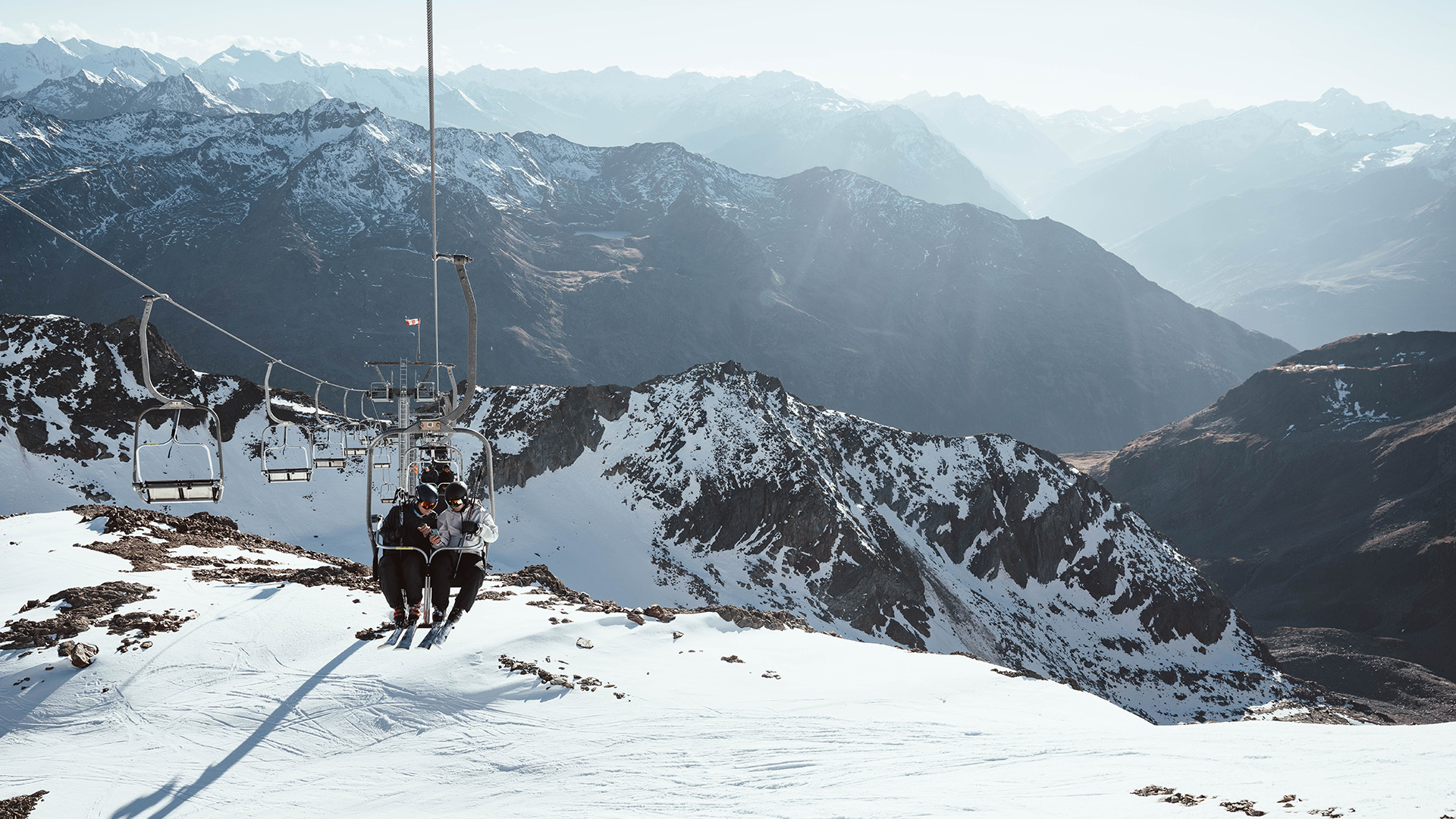Carv 2 review: the digital ski coach wearable gets smarter
Let AI teach you to be a much better skier

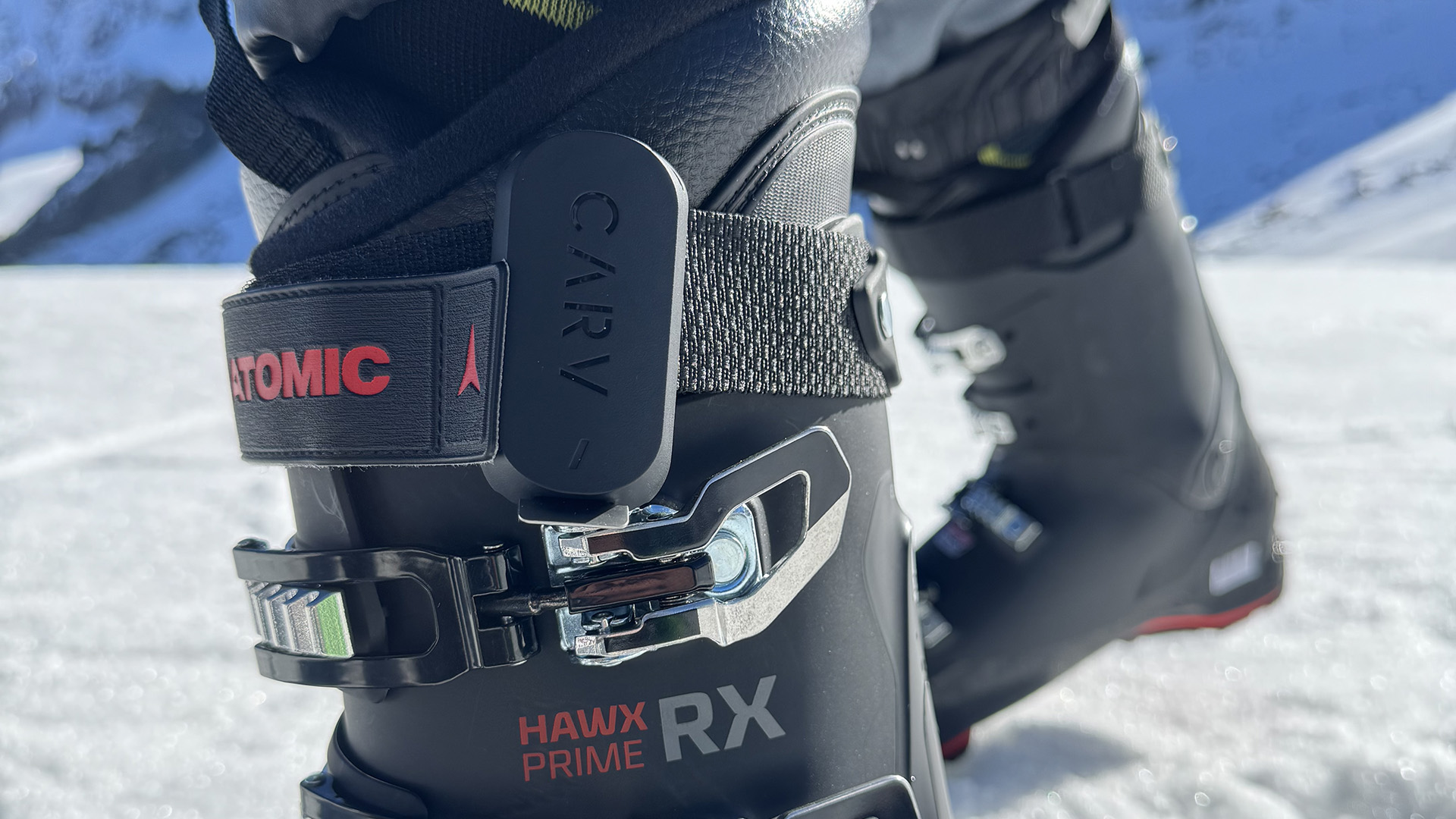
Ditching the smart insole was a big risk, but Carv 2.0 continues to rewrite the rules (they wrote) on what’s possible with digital ski coaching. The new AI-driven system is more accurate, more affordable and easier to use, while the app remains a highly effective tool for skiers looking to improve. There is no better digital ski companion.
-
+
+ Clip-and-go setup
-
+
Accurate tracking
-
+
Impressive customisable app
-
+
Great coaching option
-
-
Must wear earphones while skiing
-
-
Overuse can be exhausting
-
-
You don’t care about improving
Why you can trust T3
The original Carv ski-instructing wearable insole earned a prestigious five-star T3 Platinum Award. Its combination of impressively accurate boot sensors, imperious data collection, and real-time tuition made me a considerably better skier. In fact, the only real downsides were its high price, reliance on proprietary charging cables, and the requirement to wear headphones.
But with the release of Carv 2, parent company Motion Metrics could have simply ironed out (groomed to use the correct ski lingo) some minor niggles, but instead, they’ve completely redeveloped both the software and hardware, rebuilt the app and fully embraced artificial intelligence (AI).
Oh, and they ditched the pressure sensing insoles, made it much cheaper, and claim it’s now more accurate on the hill. It’s a big risk for a small company, but after three days of pre-season skiing with it in Austria, I'm seriously impressed. They’ve even ditched the proprietary cables.
Carv 2 Digital Ski Coach Specs
Weight: 47g per sensor
Waterproof: Yes
Sensors: 6-axis accelerometer, gyroscope
Battery life: 5-days
£199 ($249) getcarv.com
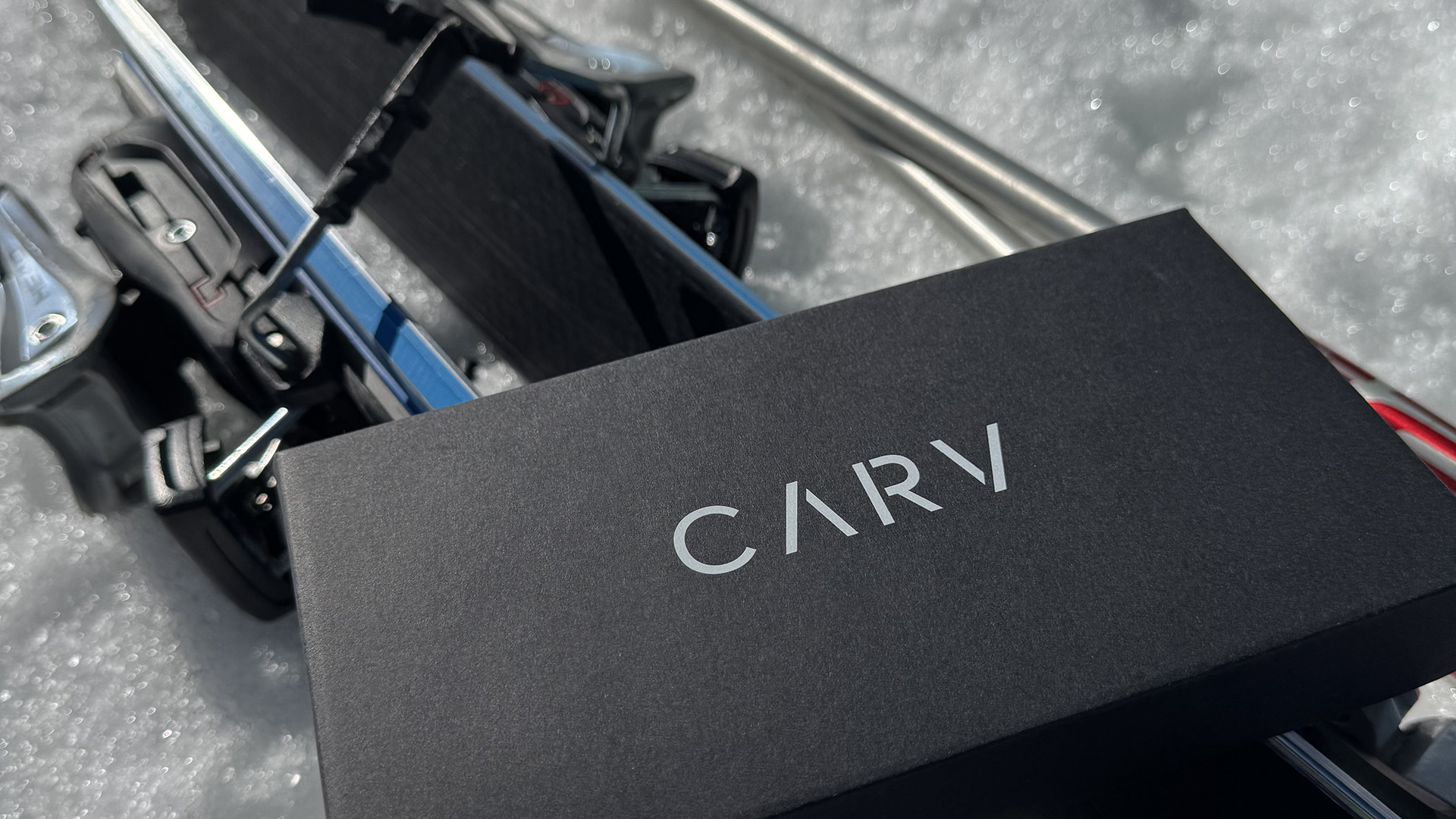
Simple setup: from insoles to clips
The original Carv system relied on a sensor-packed ski boot insole that tracked your every movement while you skied. This data – edge angle, turn shape, edge similarity and many others – was then processed in real-time, providing users with a performance score, or Ski:IQ. The higher the score the better the skier, and to get you improving the system offers a combination of targeted tips – fed automatically into your ear while you’re on the ski lifts – and practice drills. For this writer, it was a revelation and made me a better skier in just a few hours.
With Carv 2 however, they’ve ditched the smart insole entirely. This is brilliant news as the original was fiddly to install. The new system involves clipping small, battery-powered devices to the outside of each boot (on the shin strap is ideal, and it doesn’t have to be in a precise location) and turning on the app. It took around 30 seconds to install Carv 2 which is seriously good, especially for anyone renting ski equipment. It also makes it much easier for Carv enthusiasts to let their friends try the system out.
But surely the insole was tracking important data, like pressure? Well, according to the boffins at Carv, thanks to a combination of AI analysis and machine learning, they’ve actually managed to improve the accuracy of the new system by 6% without the need for pressure data. What’s more, it can now track different snow conditions and terrain including powder, and offers a host of new movement metric-driven training modes within the app
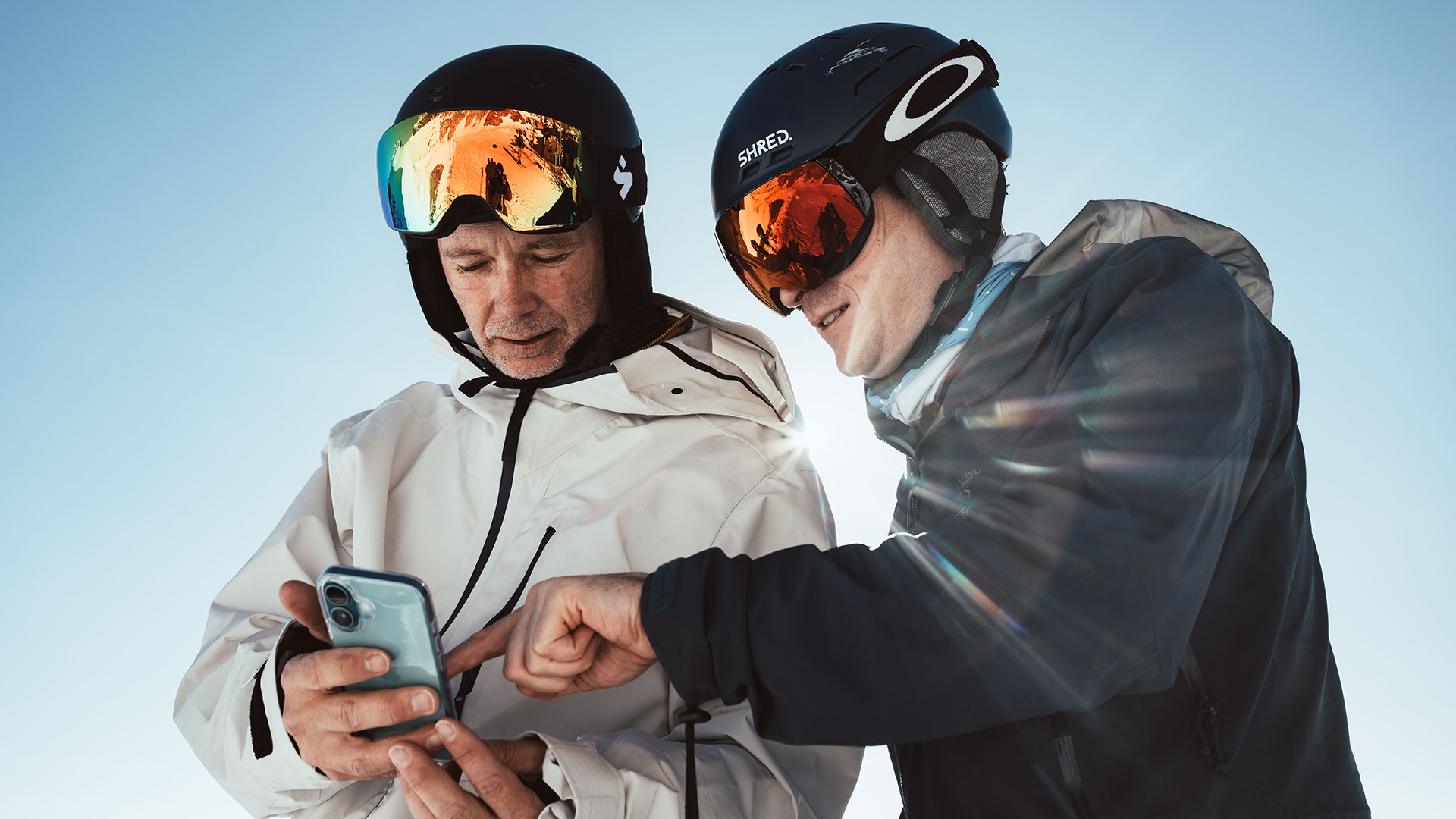
Robots don’t ski… yet
The new system may have fewer metrics to measure but Carv 2's Motion AI algorithm can analyze data in new ways, by learning from the old. They fed data from over 500 million turns, cross-referenced it with thousands of hours of video footage and expert insight, and the AI-driven machine can now not only measure different metrics but is now able to adapt to different types of terrain, including moguls and powder, providing valuable advice specific to the conditions.
Get all the latest news, reviews, deals and buying guides on gorgeous tech, home and active products from the T3 experts
I barely trust a robot to vacuum my kitchen, let alone explain the intricacies of inside edge angles and turn initiation while hurtling downhill, but thankfully Carv does use a team of professional ski instructors to review this data to ensure that Carv 2 users are learning properly. There’s not yet a metric to assess or improve upon a skier’s style (or lack of) but the higher the Ski:IQ, the better and cooler the skier tends to look.
To give you an idea of what your Ski:IQ should be, an average skier with a few weeks of experience will score around 100, intermediates 100–125, advanced 125–140, and experts 140+. Any existing Carv users might be in for a shock though, as the new system also recalibrated everyone’s scores. And most people took a hit. I saw my own Ski:IQ drop from 137 to 131, which was an ego blow, although to be honest, despite a lower score, I was skiing better using Carv 2. I guess I just need to try harder.
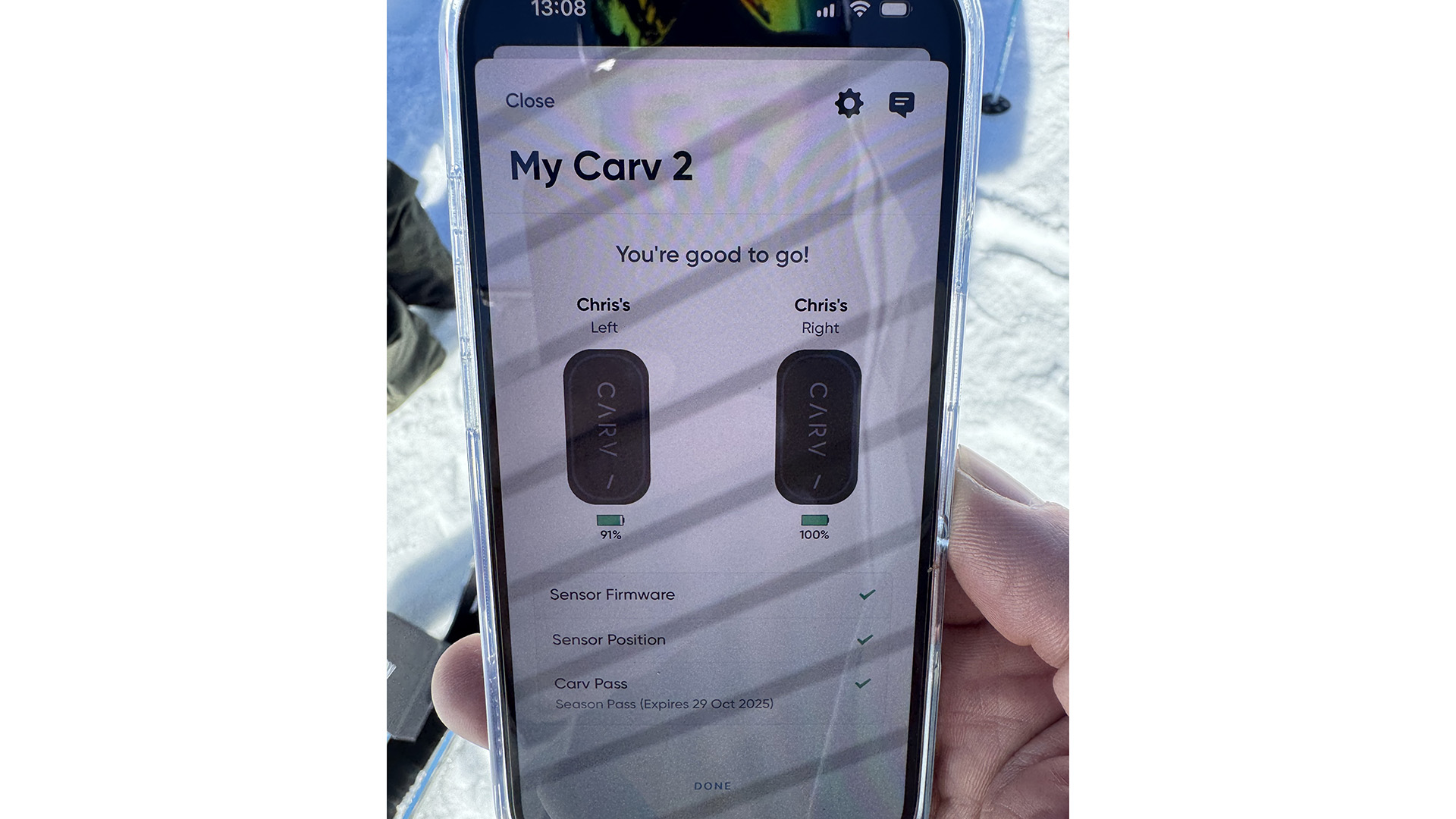
Enhanced App
The Carv app has also been completely redesigned, and it is now much easier to find all your data – whether that’s the speed from your last run, the time you’ve been skiing, or one of the many training modes and how-to videos. There’s some super useful new options too, including a carving heatmap, which visually represents different aspects of each turn you make, helping you identify areas where their technique needs improvement. You can also now customise the information you receive in your ears, and the type and frequency of tips, which is another nice touch.
I’m not sure there’s a more comprehensive ski tips library available, and certainly not one tailored specifically to me. If you love to deep-dive and agonise over every detail of your day on the slopes, it is perfect. But the sheer volume of information might feel overwhelming for some users.

If you are skiing with other Carv users, you can now track each other’s location and send messages – or insults – quickly. This obviously adds another level of potential competition to the system, which some people will thrive on.
As with the first generation, there’s also a host of training modes that target specific aspects of your skiing. These gamified options, complete with a dopamine-hitting ‘ping’ when you do well, are addictive although exhausting if you overdo them.
Some popular modes have been scrapped though, including the ‘Train like an Olympian’ mode with pro ski legend Ted Ligety. It’s a shame as his voice made a change from the strangely mediocre AI coaching voices, but Carv assures me that the tips and drills from his section have been folded into the new-look app.
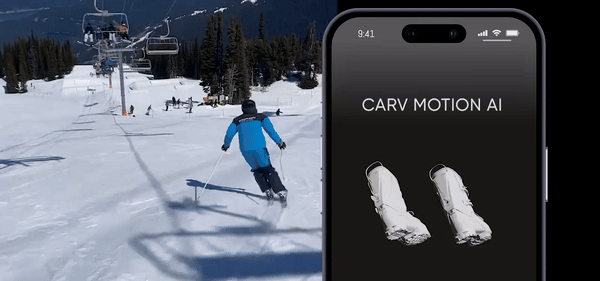
Bumps in the piste
Over the three days I spent skiing with Carv 2 I was reminded of just how good the system is. Turn on ‘Free Ski’ and you can benefit from regular training tips as you sit on the chairlift. Yes, you still need to wear earbuds, but I don’t have an issue with that and simply wear one to ensure I can still hear what’s going on around me.
It is not a system for the beginner, and to get the best of it, you need to be relatively competent and actively looking to improve. You also need to remember to have fun too, as it is easy to get sucked into endless training drills. Just like hiring a proper instructor, you won’t improve if you overload yourself with information, but focus on a few specifics for a short, concentrated burst, and you will see an improvement.
Annoyingly, the ski conditions in early November were not especially kind, and as a result, I wasn’t able to test the powder ski mode. I will be heading to the Alps in January though, and will give feedback then. I was able to try mogul skiing, and after a few turns it adjusted the tips it fed into my ears. I dislike moguls and Carv saw right through my feeble attempts to stay upright, but give it time, and I’m sure it’ll get me squealing a little less.
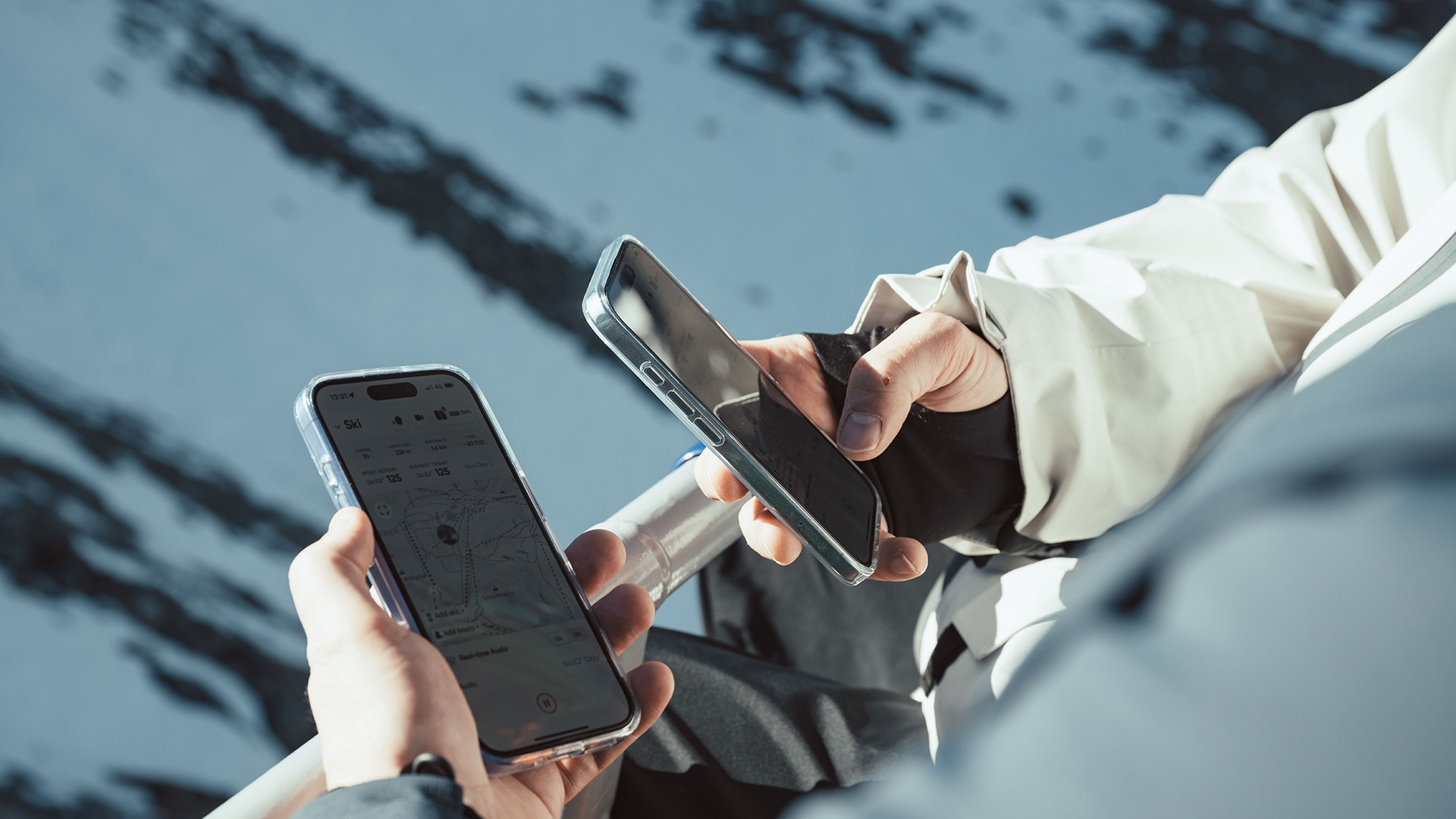
As cheap as a ski lunch
At £199 ($249), Carv 2 offers fantastic value as it includes the new sensors and a year’s subscription to the Carv app, which (quite rightly) doesn’t activate until you start using it on the mountain.
Existing members are in for a treat too, because when you renew your membership Carv will send out new sensors for you to try. Your old smart insoles will work, and be supported for a few seasons to come, but it’s clear the brand is doubling down on the sole-less system.
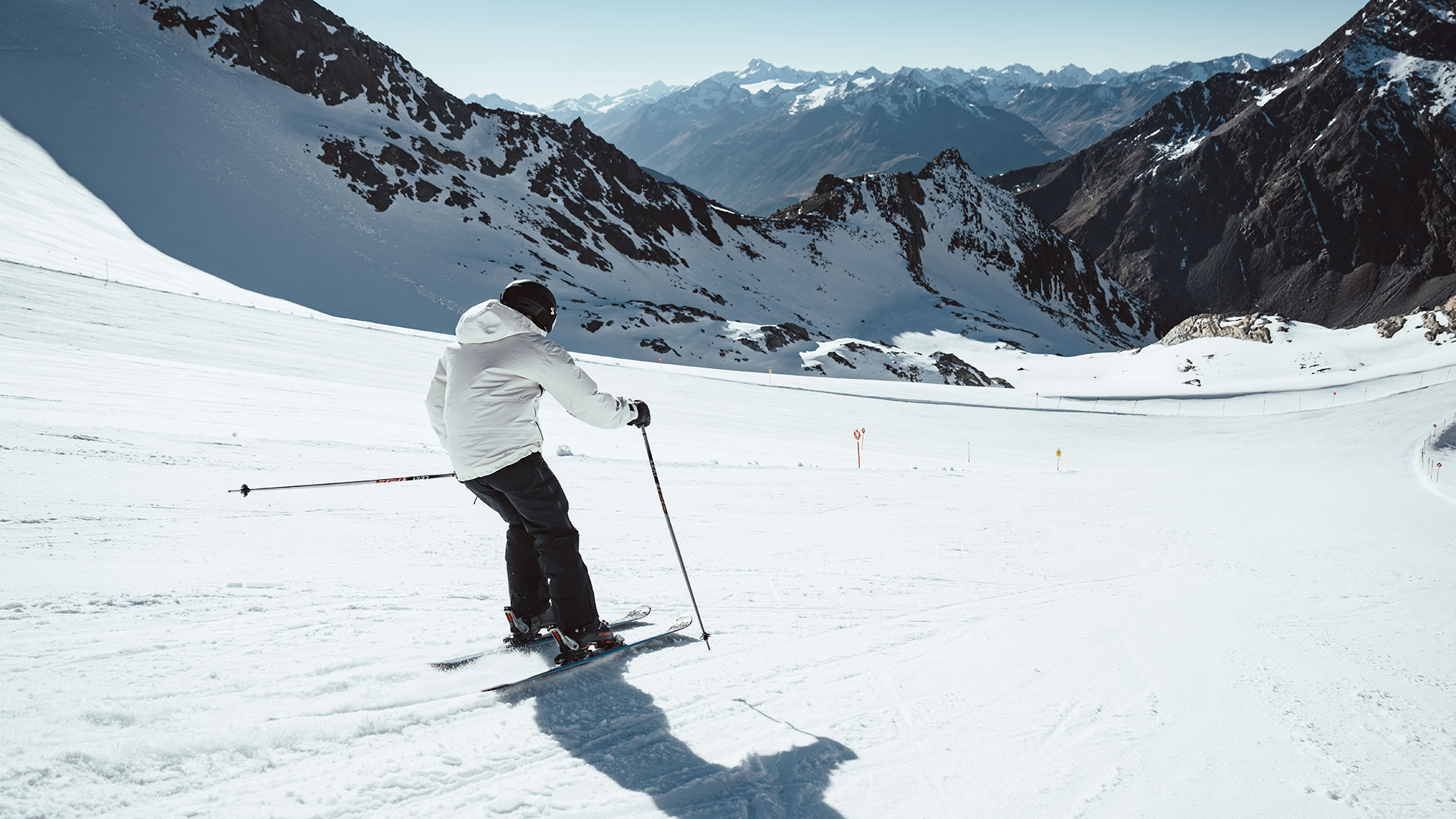
Carv 2 Digital Ski Coach: Verdict
As someone looking to improve his ability on skis, I loved using the original Carv, and Carv 2 is a significant upgrade. It is a very impressive digital ski coach that, if you’re the type of person who loves their Garmin and scrolls Strava like it’s Instagram, you’re going to love it. By ditching the smart insole, the entire system is easier to use and more accessible to casual skiers.
Does it remove the need for a human ski instructor? Not entirely, but as a way to squeeze the most from your time on snow, it’s very difficult to fault. For the price of a couple of in-person ski lessons, you can have a year’s worth of tailored tuition that you can simply switch off when it gets too much, or you’ve had a second beer at lunch.
